Three major trading routes - El Camino Real de Terra Adentro(meaning "The Royal Road of the Interior Lands" from Mexico); the Old Santa Fe Trail (from St. Louis); and the Old Spanish Trail (going to Los Angeles in the west) - all merged in Santa Fe. Of the three, the Old Spanish Trail was described (by historians Leroy and Ann Hafen) as being "...the longest, crookedest, most arduous pack mule route in the history of America..." Eight years after Mexico gained its independence from Spain (1829), New Mexico traders sought to establish a new overland commercial relationship with the frontier settlements in the California territory. They hoped that they could trade locally produced goods (woolen blankets and rugs) for mules and horses. New Mexico's economy was being bolstered by goods flowing in from back east, along the Old Santa Fe Trail, as well as from Mexico, by way of El Camino Real. During the winter of 1829-1830, Antonio Armijo took a caravan of 60 men and 100 pack mules on a journey to Mission San Gabriel, California (just east of Los Angeles). Long before Armijo and his caravan came to this area, local Native Americans traveled and traded along many of the parts of the route the caravan followed ( as evidenced by pictographs found along the way). Soon, other traders began to follow Armijo's route; thus establishing the Old Spanish Trail. The success of any of these trips depended upon the skills and abilities of those who packed and drove the animals. The traders quickly learned that mules had better strength and endurance than horses, especially when water was scarce. By the 1840's, American troops used parts of the trail during the Mexican-American War, including military dispatch rider, Kit Carson. Twenty years later, railroad routes began to connect the mid-west plains with San Francisco, while the Old Spanish Trail evolved into wagon routes for local travel. This signaled the days of the cross-country mule trains was coming to an end.
Roy Rogers film entitled "On the Old Spanish Trail" done in 1947.
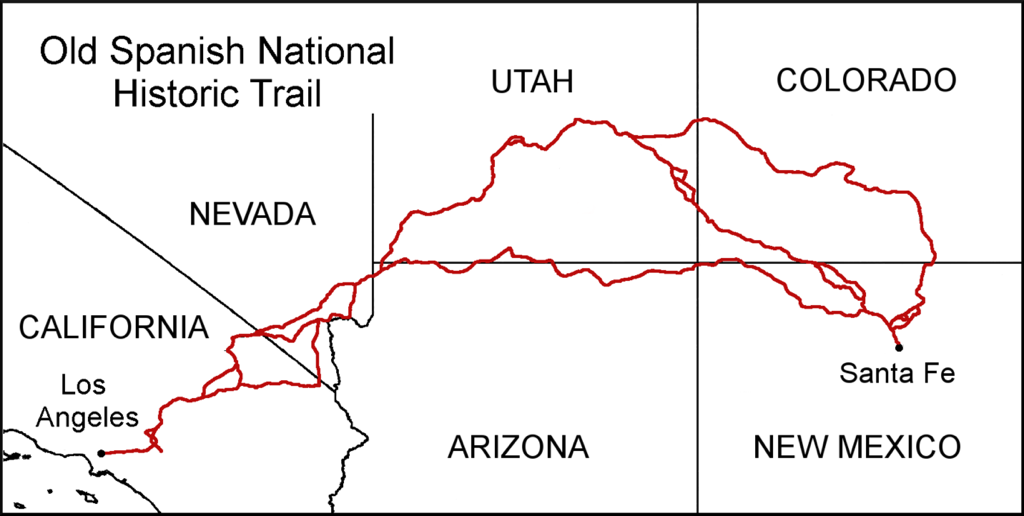
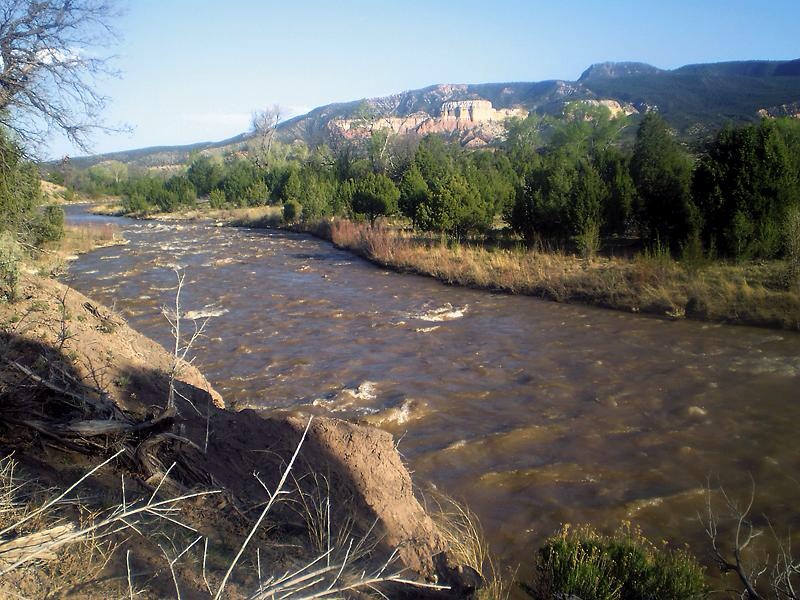
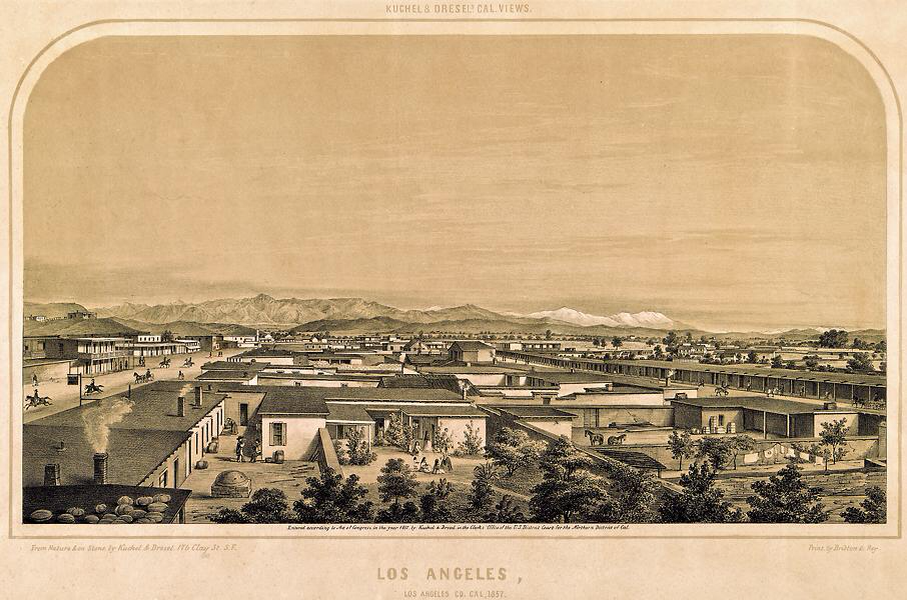
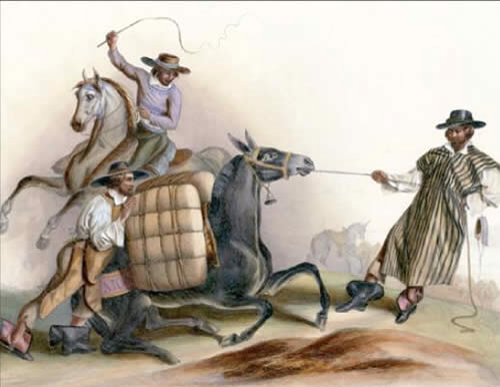
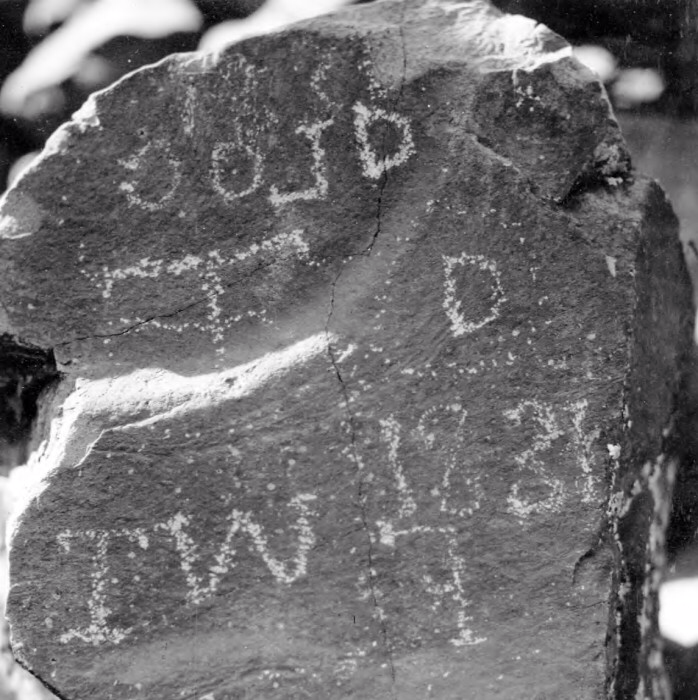
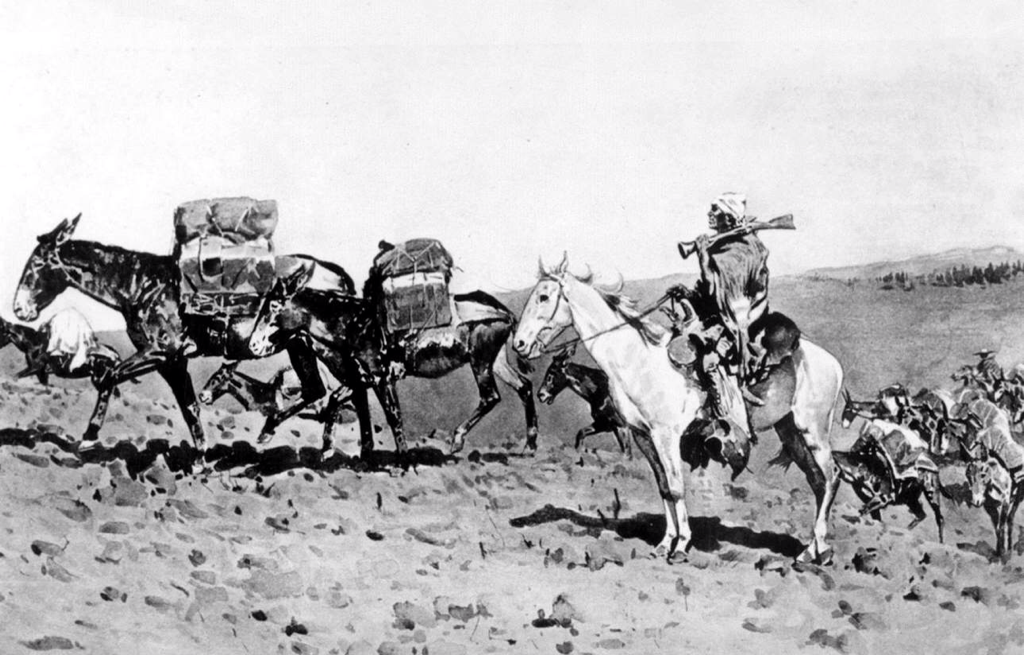
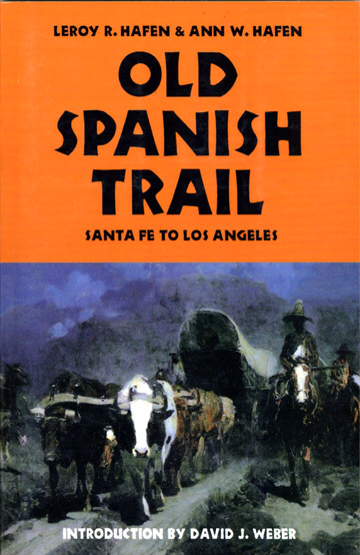
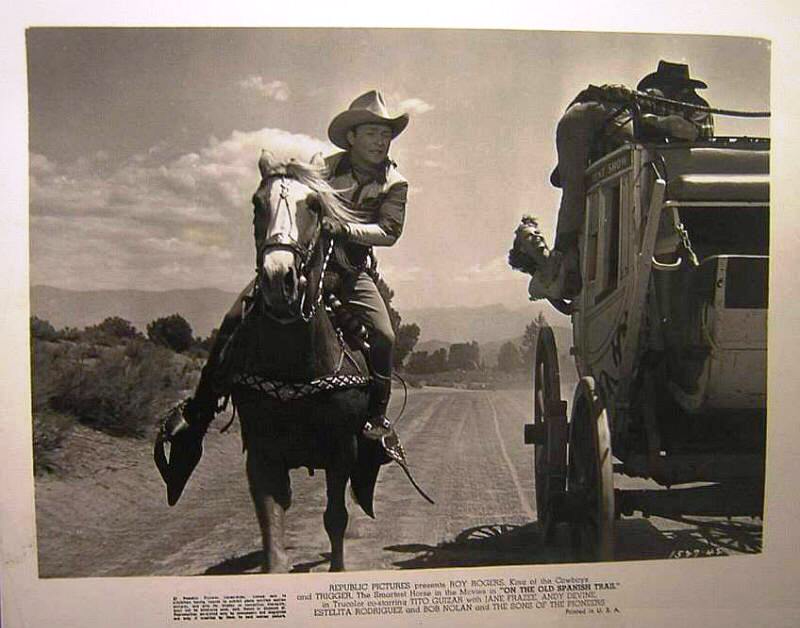
 RSS Feed
RSS Feed
